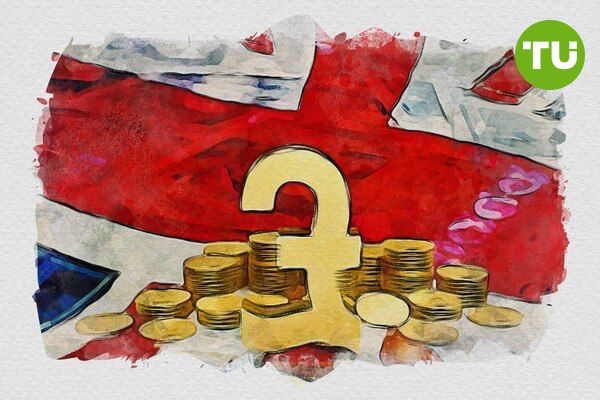GBP/USD price retreats as tariff concerns and weak UK labor data weigh on sentiment
 GBP/USD hovers near 1.2330 as tariffs and UK labor data weigh on sentiment
GBP/USD hovers near 1.2330 as tariffs and UK labor data weigh on sentiment
GBP/USD trades subdued near 1.2330 during the Asian session as U.S. President Donald Trump confirms his universal tariff hikes proposal remains under consideration. The U.S. dollar gains modest strength, with the dollar Index (DXY) hovering around 108.00.
Although Trump delayed imposing new tariffs, his memorandum directing federal agencies to address trade deficits supports inflationary concerns, potentially limiting the Federal Reserve's rate-cut options.
GBP/USD price dynamics (Dec 2024 - Jan 2025) Source: TradingView.
UK labor market signals BoE rate cuts
The pound sterling faces additional pressure from the UK's labor market data. The ILO Unemployment Rate unexpectedly increased to 4.4%, while payroll numbers saw the steepest decline since November 2020.
Wage growth remained resilient at 5.6%, meeting expectations. Analysts at Nomura interpret this as a "green light" for the Bank of England (BoE) to reduce its interest rate by 25 basis points to 4.5% during its February 6 meeting. This dovish outlook further clouds GBP sentiment.
Technical outlook and near-term focus
GBP/USD struggles below the critical pivot point at 1.23595, with a descending trendline reinforcing bearish momentum. Immediate support lies at 1.22300, while resistance is seen at 1.23739. The 50-day EMA at 1.22750 acts as short-term support, but broader downtrend signals persist with the 200-day EMA at 1.24538. Investors will closely monitor upcoming UK public sector net borrowing data and the BoE's quarterly bulletin for policy insights.
In conclusion, GBP/USD remains vulnerable to U.S. tariff developments and BoE rate expectations. Market participants are likely to exercise caution as the BoE prepares to announce its policy moves amid mounting economic concerns.
In previous analyses, we explored how robust wage growth countered dovish BoE expectations, while the rising unemployment rate and subdued labor demand remained significant concerns for the pound's trajectory. These factors continue to shape the GBP/USD outlook amid ongoing economic and trade uncertainties.













































































































































